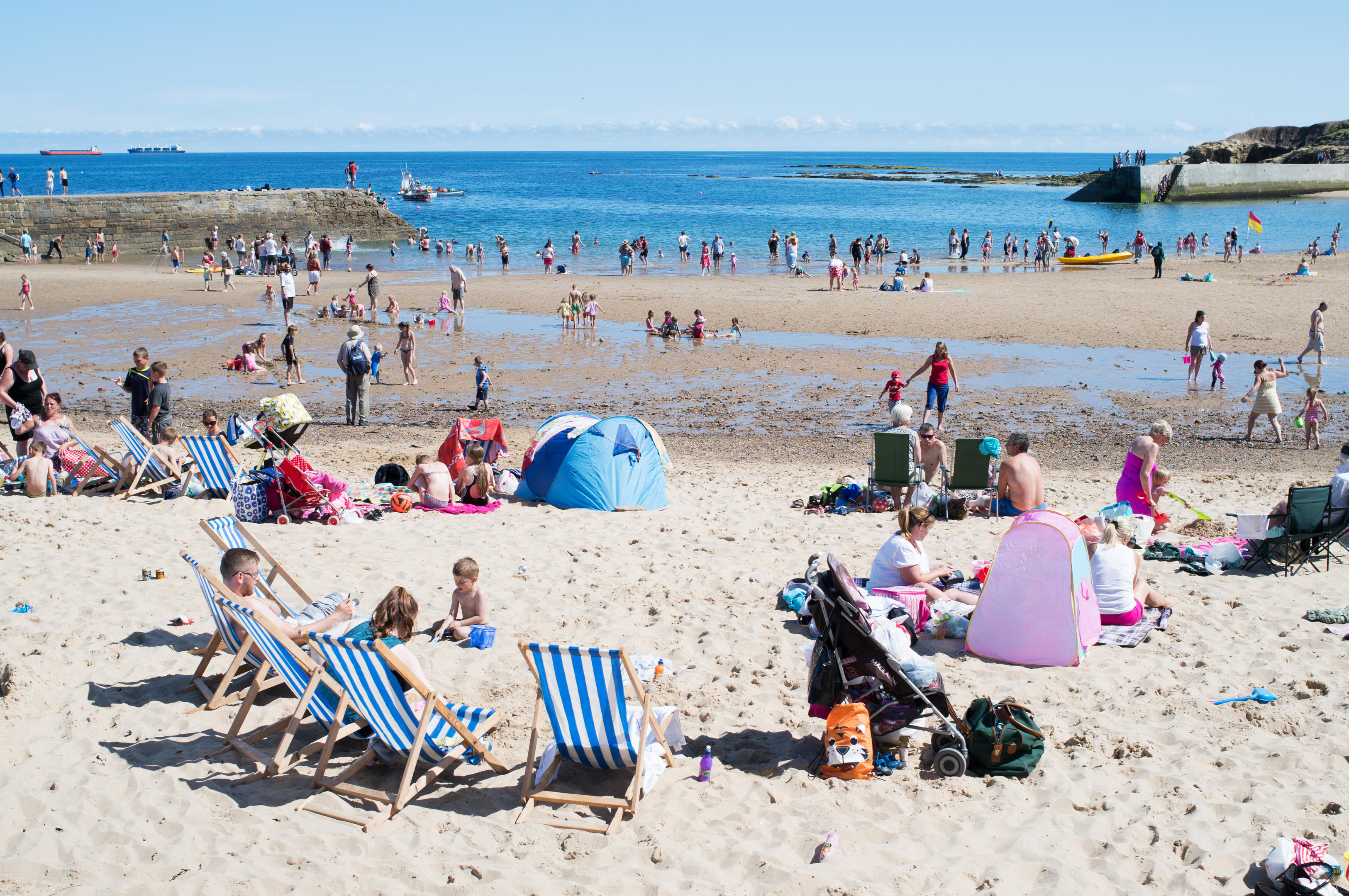
CLIMATE change made this year’s summer heatwave around 30 times more likely than it would be under natural conditions, the Met Office has said.
This summer was the equal warmest in a series dating back to 1910, along with 2006, 2003 and 1976, with temperatures reaching a peak on July 27 when 35.6C (96F) was recorded at Felsham, Suffolk.
New analysis from the Met Office has found that the record-breaking summer temperatures were about 30 times more likely as a result of climate change caused by human activities.
The UK now has around a 12% chance of summer average temperatures being as high as they were in 2018, whereas they would have less than 0.5% chance of happening in a “natural” climate, the Met Office said.
The study comes after climate projections published last week in which the Met Office said that, by mid century, there will be a 50% chance of summers as hot as 2018’s heatwave, making the sweltering conditions the norm.
Soaring summer temperatures and dry weather this year hit crops and livestock, affected water supplies, transport networks, people’s health and the natural environment, and led to numerous wildfires.
Professor Peter Stott, from the Met Office and University of Exeter, said: “Our provisional study compared computer models based on today’s climate with those of the natural climate we would have had without human-induced emissions.
“We find that the intensity of this summer’s heatwave is around 30 times more likely than would have been the case without climate change.”
And he said: “This rapidly increasing chance results from the increase in concentrations of carbon dioxide and other greenhouse gases in the atmosphere.”
Carbon dioxide concentrations reached 405.5 parts per million (ppm) in the atmosphere in 2017, about 146% of levels seen in the pre-industrial era when concentrations of the gas which warms the climate were around 280 ppm.
The Met Office is announcing the findings at the UN climate talks in Poland, where countries are meeting to finalise the rules of how the Paris Agreement on tackling global warming will work and to build momentum towards increasing ambition on efforts to cut greenhouse gas emissions.
Greenpeace UK executive director John Sauven said: “The link between climate change and extreme weather like the heatwave that scorched the UK last summer is getting stronger.
“It used to be a fingerprint, it now looks more like a smoking gun. If we stay on the current course, we know the kind of world we’re heading towards: more floods, heatwaves, droughts, and rising sea levels.”
He said the window of opportunity to avoid dangerous climate change was “still open, but only just”, and called on political leaders to take action, including replacing fossil fuels with renewables, cutting emissions from homes and cars, and halting destruction of the rainforests.

Enjoy the convenience of having The Sunday Post delivered as a digital ePaper straight to your smartphone, tablet or computer.
Subscribe for only £5.49 a month and enjoy all the benefits of the printed paper as a digital replica.
Subscribe